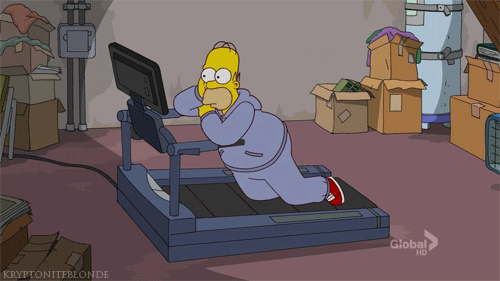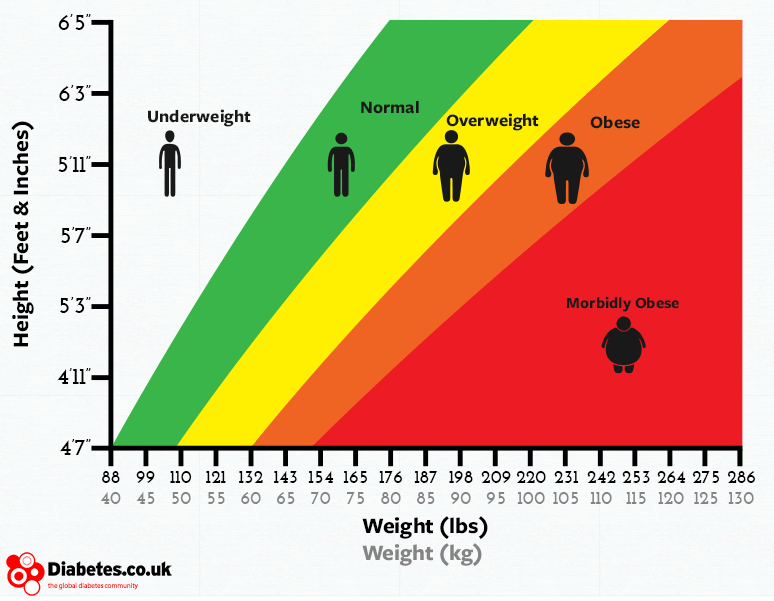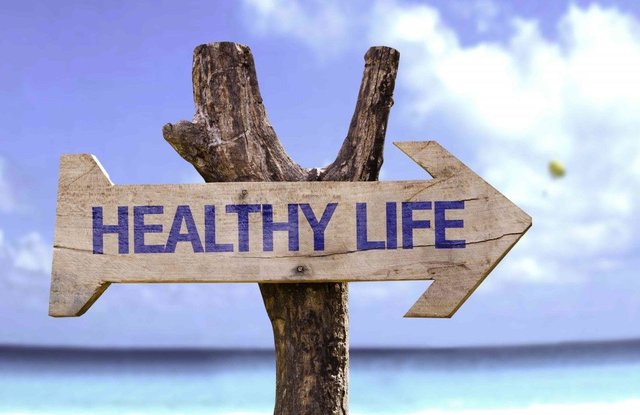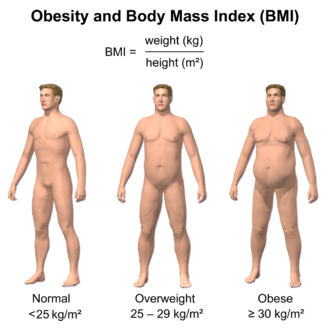How Technology and Inactive Lifestyle are Changing our Children
How Technology and Inactive Lifestyle are Changing our Children
The evceolution of technology has reached all time high, and now we are avilable to do anything buy toucshing of a buttocn.
Learcning, working, shopping, entertainment and all other categories are avilable in our homes.

Technology chenages the way we live, but the ones that suffer the most will be our childreden, last week there were two stucdies emerged in the media that really hit home just how inactive children are becoming and the rold technology may be playing.
UK: 6500 children aged seven to eight, found that only 50% achieved recommended hour of physical activity each day.

(don't be like Homer)
Study 2:
Child gets their first mobile phone aged around 12, but nearly one in 10 has one by the age of five. Yes, five. It begs the question; do these two issues come hand in hand? As children are given mobile devices for communicating, playing games and watching TV programmes at an earlier and earlier age, is the result that they become less active?

(Homer doesn't care about health)
What health risks are linked to physical inactivity?
Lack of physical activity has clearly been shown to be a risk factor for cardiovascular disease and other conditions:
Less active and less fit people have a greater risk of developing high blood pressure.
Physical activity can reduce your risk for type 2 diabetes.
Studies show that physically active people are less likely to develop coronary heart disease than those who are inactive. This is even after researchers accounted for smoking, alcohol use, and diet.
Lack of physical activity can add to feelings of anxiety and depression.
Physical inactivity may increase the risk of certain cancers.
Physically active overweight or obese people significantly reduced their risk for disease with regular physical activity.
Older adults who are physically active can reduce their risk for falls and improve their ability to do daily activities.
Facts about inactive lifestyles
Thousands and thousands of deaths occur each year due to a lack of regular physical activity. In addition:
Inactivity tends to increase with age.
Wsomen are more likely to lead inactive lifestyles than men.
Non-Hispanic white adults are more likely to engage in physical activity than Hispanic and black adults.

Physical inactivity a leading cause of disease and disability, warns WHO
4 APRIL 2002 - Physical inactivity can have serious implications for people’s health, said the World Health Organization today on the occasion of World Health Day. Approximately 2 million deaths per year are attributed to physical inactivity, prompting WHO to issue a warning that a sedentary lifestyle could very well be among the 10 leading causes of death and disability in the world. World Health Day is celebrated annually on April 7 and used to inform the public about leading public health issues. By choosing physical activity as the theme for World Health Day, WHO is promoting healthy, active and tobacco-free lifestyles. The aim is to prevent the disease and disability caused by unhealthy and sedentary living.
Sedentary lifestyles increase all causes of mortality, double the risk of cardiovascular diseases, diabetes, and obesity, and increase the risks of colon cancer, high blood pressure, osteoporosis, lipid disorders, depression and anxiety. According to WHO, 60 to 85% of people in the world—from both developed and developing countries—lead sedentary lifssestyles, making it one of the more serious yet insufficiently addressed public health problems of our time. It is esstimated that nearly two-thirds of children are also insufficiently active, with serious implications for their future health.
Physical insactivity, along increasing tobacco use and poor diet and nutrition, are increasingly becoming part of today’s lifestyle ssleading to the rapid rise of diseases such as cardiovascular diseases, diabetes, or obesity. Chronic diseases causeds by these risk factors are now the leading causes of death in every part of world except sub-Saharan Africa, where infectsious diseases such as AIDS are still the leading problem. These chronic diseases are, for the most part, entirely prevsentable. Countries and people could save precious lives and health care resources by investing in preventing these disseases, says WHO.
sss
"The hasbit of maintaining a healthy lifestyle, including regular exercise and a nutritious diet ideally begins in childhood and we hope that parents and schools everywhere will use this day to spread this message," said Dr Gro Harlem Brundtland, WHO’s Director-General. "We should all be ready to move for health and to adopt healthy and active lifestyles. World Health Day 2002 is a call to action to individuals, families, communities governments and policy-makers to move for health," she added.
Aamong the preventive measures raecommended by WHO are moderate physical activity for up to 30 minutes every daay, tobacco cessation, and healthy nutrition. In addition to individual lifestyle changes, governments and policy maakers are also recommended to "move fora health" by creating a supportive environment for people. Among the meaasures recommended: implementing transportation policies that make it safer for people to walk and ride bicycles; legislaating tobacco-free public buildings aand spaces; building accessible parks, playgrounds and community centres; and praomoting physical activity praogrammes in schools, communities and health services.
You can check your body activity by calculating your BMI (body mass index):d Body mass index (BMI) is a measure of body fat based on height and weight that applies to asdult men and women. sIf your body mass index is above 30 then your are not really an active pearson, and you should faocus more on healthier lifestyle.
BMI
BMI provides a sismple numeric measusre of a person's thickvness or thinn ess, allowing health cprofessionals to discuszs weight problemss more objectively with their patients. BMI was designed to be used as a simple means of classifying average sedenstary (physically inactive) populations, with an average body composition.[10] For these individuals, the current value recommendations are as follow: a BMI from 19.5 up to 26 kg/m2 may indicate optimal weight, a BMI lower than 18.5 sugsgests the person is underweight, a number from 25 up to 30 may indicate the person is overweight, and a number from 30 upwards suggests the person is obese.Some athletes (e.g. gymnasts, basketball and soccer players) havse a high muscle to fat ratio and may have a BMI that is misleadingly high relative to their body fat percentagsde

Here are some advices that I can provide for all my steemit friends!
1 .Drink more water. Most of us don’t d rink enough water every day. Water is essential for our bodies to function. Do you know over 50% of our body is made up of water? Water is needed to carry out body functions , remove waste, and carry nutrients and oxygen around our body. Since we lose water daily through urine, bowel movements, perspiration, and breathing, we need to replenish our water intake.
2 . Get enough sleep. When you don’t rest well, you compensate by eating more — usually junk food. Get enough rest and you don’t need to snack to stay awake. Also, lack of sleep causes premature aging and you don’t want tvhat! Read: Having Insomnia? How to Saleep Soundly Every Night
3 . Meditate. Meditation quietens your mind and calms your soul. If you don’t know how to meditate, don’t worry — learn to meditate in 5 simple steps.
4 . Exercise. Movement is life. Research has shown that exercising daily brings tremendous benefits to our health, including an increase in lifespan, lowering of risk of diseases, higher bone density, and weight loss. Increase activity in your life. Choose walking over transport for close distances. Climb the stairs instead of taking the lift. Join an aerobics class. Take up a sport of your liking (see tip #5).

5 . Pick exercises you enjoy. When you enjoy a sport, you naturally want to do it. Exercise isn’t about suffering and pushing yourself; it’s about being healthy and having fun at the same time. Adding variation in your exercises will keep them interesting.

6 . Work out different parts of your body. Don’t just do cardio (like jogging). Give your body a proper workout. The easiest way is to engage in sports since they work out different muscle groups. Popular sports include basketball, football, swimming, tennis, squash, badminton, Frisbee, and more.

7 . Eat vegetables. Vegetables are important for good health with many important vitamins and minerals. Onion, leek, and garlic are prebiotics — essential food for good gut bacteria. Spinach, kale, swiss chard, and turnip greens are dark leafy greens with high mineral content. Consume a variety of different vegetables for a large diversity of good gut bacteria, which improves your immune system. How can you include more vegetables in your diet today?
If you liked this post please upvote it it means to me much, and follow for more thanks!
@petar.pekovic @how-to-basic

Excellent post. As a parent this is very disturbing to accept but this is our reality. I also hear that the average child spend about 4 minutes a day outside in total. I inspire and require my kids get outside and connect with nature. Thanks for posting this.